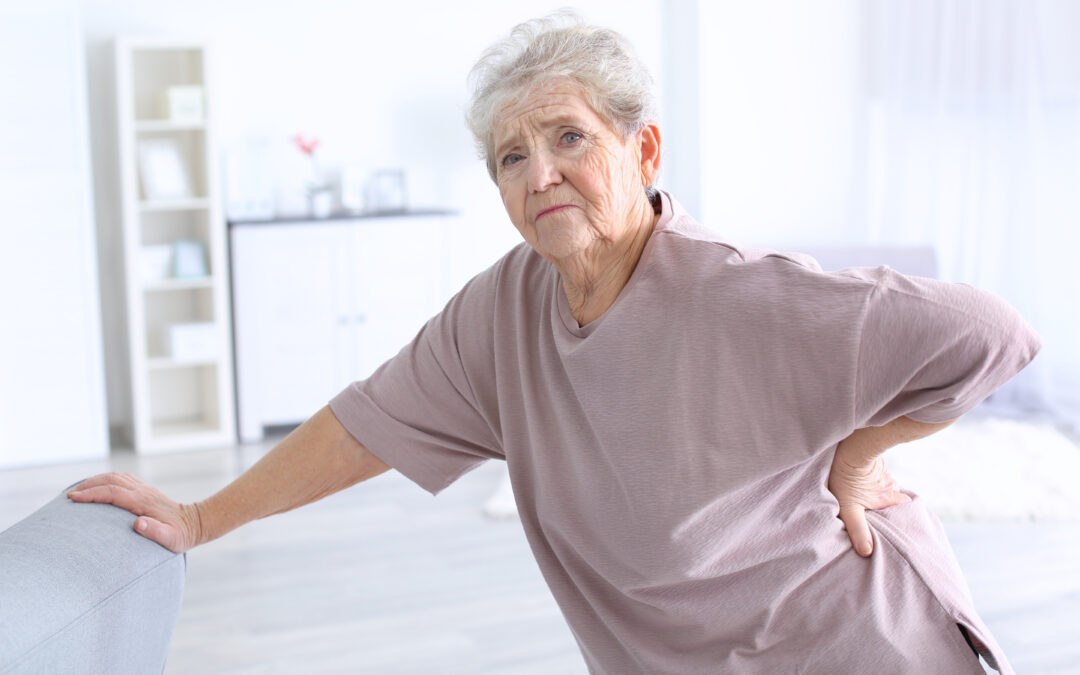
by Comprehensive Orthopaedics | Jun 28, 2017 | Anti-aging, pain, Spine, surgery, Wellness
People over age 65 shouldn’t avoid surgery for a herniated disc just because of their age. Seniors benefit from the procedure as much as younger patients, Norwegian research shows. The study involved more than 5,500 people with a herniated, or...

by Comprehensive Orthopaedics | Jun 28, 2017 | lower leg, pain, Wellness
Female runners with a low body weight are more likely to have stress fractures and take longer to recover from them, according to a new study. Researchers from the Ohio State University Wexner Medical Center reviewed data on dozens of injuries suffered by female...

by Comprehensive Orthopaedics | Jun 28, 2017 | Anti-aging, Hand, pain, Wellness, Wrist
FRIDAY, June 23, 2017 (HealthDay News) — People who spend lots of time on their smartphones may be scrolling, tapping and swiping their way to carpal tunnel syndrome, a painful wrist and hand disorder. A small study found a link between extended use of...



